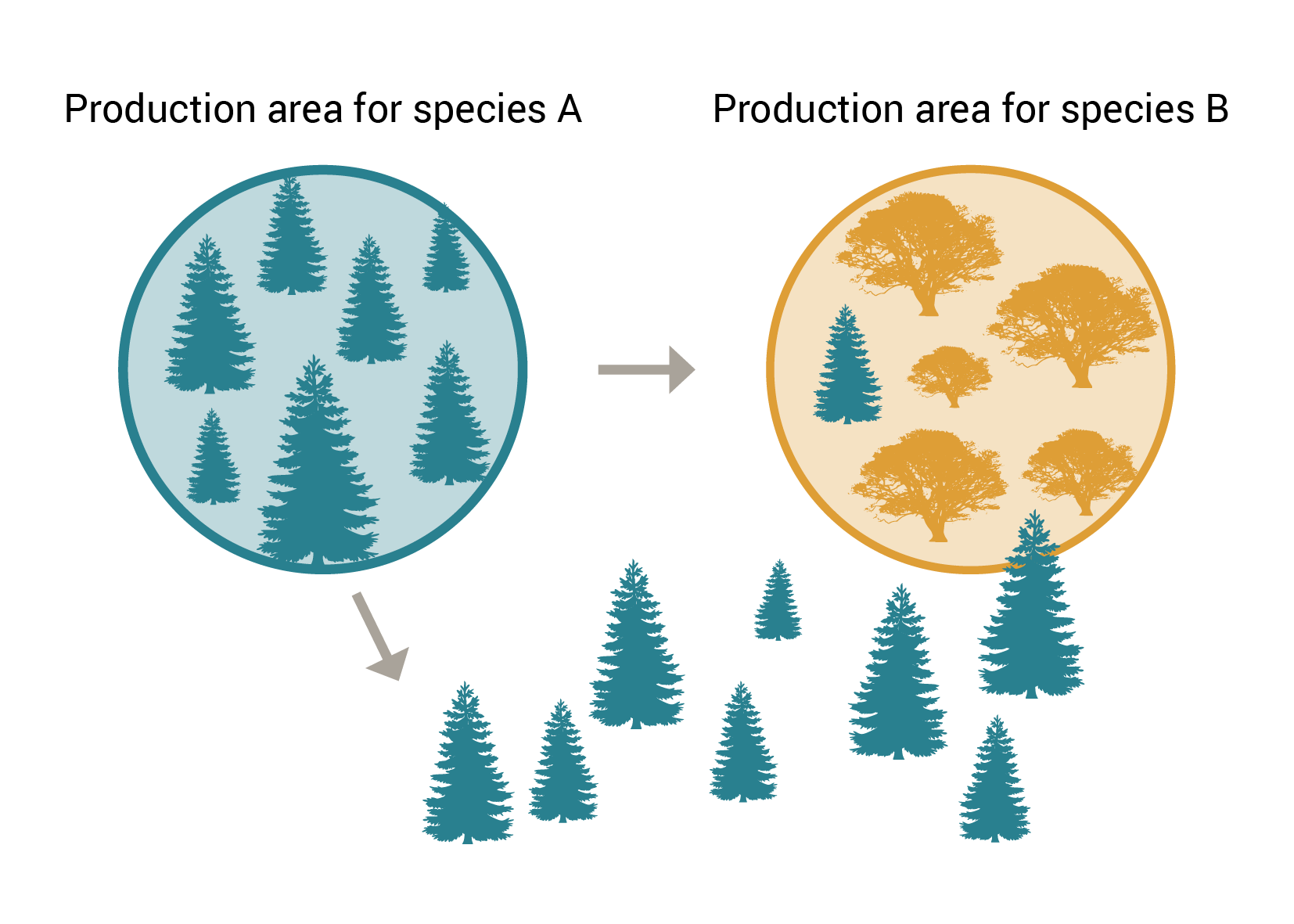Defining the term Norwegian nature
All Norwegians have a relationship with Norwegian nature – the term encompasses forests, mountains, lakes, bogs and the ocean. However, when experts assess the impact alien species have on our native species and nature, the term Norwegian nature has a very particular meaning.
- Innhold
- Production species and production area
- Norwegian nature does not include the production area of a species
Norwegian nature is a general term that comprises all nature in Norway. In the guidelines for risk assessment, on which the ecological impact of alien species is based, Norwegian nature is defined as follows:
"Norwegian nature encompasses any part of Norway that is outdoors (including heavily modified nature) and the native species occurring there; for production species, their production area does not count as Norwegian nature."
Production species and production area
A production species is a species that is used for the purpose of production. "Purpose of production" is to be understood in a broad context. This comprises production of food, timber, other plant or animal products and also species used in gardens and parks (for recreation). Other examples of production species and areas are: vegetables in a field, trees in a plantation, animals grazing on pasture, introduced freshwater fish in a fish pond, and farmed fish in a marine enclosure.
Norwegian nature does not include the production area of a species
The production area of a particular production species eg. Sitka spruce Picea sitchensis is the defined area that is specifically set aside for the production of this species – in this example, a forest plantation. This production area is not considered to be a part of Norwegian nature. On the other hand, occurrences of the species outside the production area in, for example, a native pine forest, are included in the assessment. The same applies if Sitka spruce Picea sitchensis spreads to the production area of another species. It is thus only the production area of the alien species that is not included in the assessment – see the figure below.
The boundary of the production area will usually, although not always, be well-defined (eg. fences). In any case, it is important to calculate and include an edge area (a buffer zone), that is considered to be part of the production area. This edge area should have a width that corresponds to the height of the species. Experience from risk assessments shows that the data foundation is often inadequate for determining whether new species establishments are inside or outside this buffer zone.
